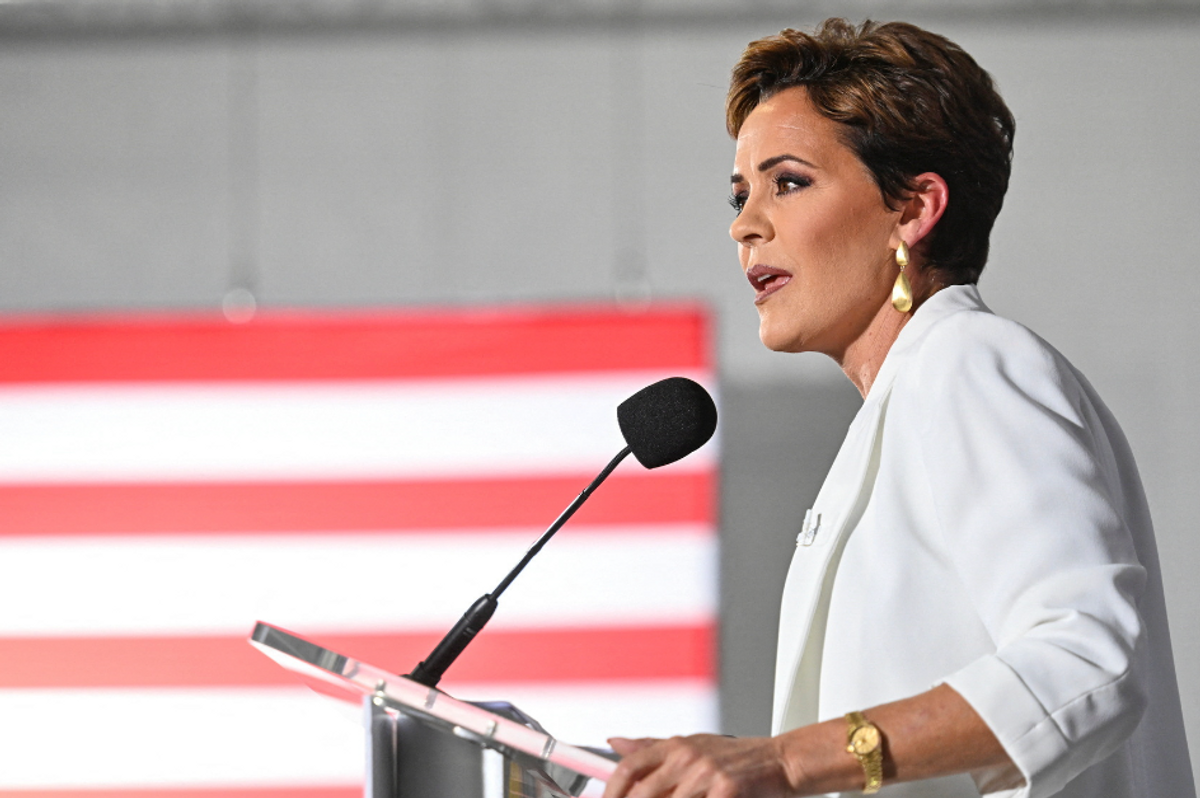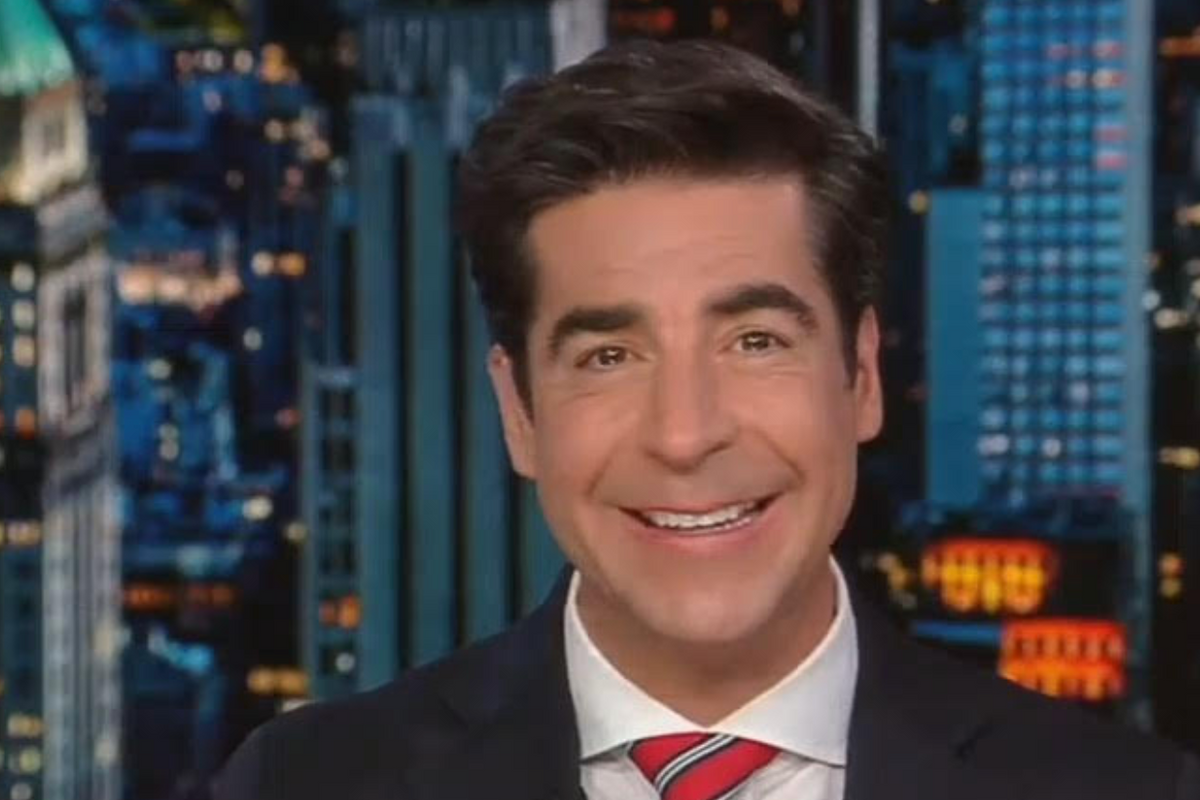To say Occupy Wall Street has “clashed” with police is to pretend they have equal power and weaponry.
Brian Stelter wrote last weekend about the news coverage of Occupy Wall Street and of its 1,000 or so offshoots here and abroad. Stelter reports that the Pew Center’s new survey found that OWS captured just 10 percent of national news coverage (presumably liberal, moderate, and conservative media combined) starting in October. Coverage fizzled to 1 percent until last Tuesday, when the NYPD prepared to muscle protesters out of Zuccotti Park. No surprise: At that point, news coverage soared.
With a few exceptions, the general tendency has been to ignore OWS. It doesn’t have obvious leaders or an obvious agenda, both of which make it hard to understand if you don’t put in the effort. So it gets a pass from most newsrooms — unless the cops get involved. Then you have a story that lends itself to the genre of news writing. It has characters, conflict, chronology, drama. Every reporter wants to cover such news. But it’s this habit of waiting for the cops that leads me to my point.
The media has a bias, but not the one everyone talks about. The media’s bias favors cops.
This has always been true. Journalists need access to power. Those in power provide information that cannot be obtained otherwise. Reporters trade access for favorable coverage. The best reporters succeed without compromising their integrity. But most of this means interacting with everyday, run-of-the-mill manifestations of power, and for most journalists, and Americans generally, that means law enforcement.
Media’s natural tendency is to sympathize with the police. They are the good guys, criminals the bad guys. And I think this is the right presumption until facts compel us to think otherwise. But I also think this habit of deference is so ingrained in the minds of journalists that even when it’s very obvious that the cops are the bad guys in a story, the media still can’t avoid false equivalency.
False equivalency is a term coined by James Fallows. It has other names. Eric Alterman calls it on-the-one-handism. Paul Krugman calls it the cult of balance. In any case, it means the journalistic convention of representing two sides of a story equally, no matter how unequal they may in fact be. For Krugman, this means putting Republicans and Democrats on the same plane, even though Tea Party Republicans have been far more radical than Democrats. For the media coverage of OWS demonstrations, this means portraying non-violent civil disobedience as if it were the same as outright acts of police violence.
By far the most exasperating example I can think of is contained in one word: “clash.” Google this: “protesters clash with police.” Many of those links will lead you to stories with pictures of cops armed with rifles and batons, wearing body armor and face shields, and squaring off with unarmed and peaceful protesters. In many of those photographs, you will see cops blasting pepper spray into the faces of Americans whose only crime appears to be exercising an inalienable right. Pepper spray is one of those “non-lethal” weapons, like rubber bullets and sonic grenades, that have come into widespread use in the past 15 years. You’d think police would deploy them sparingly, only in cases in which officer safety is endangered. But OWS has revealed what observers have known for some time – that police, with the approval of courts, have used them increasingly to intimidate, coerce, and terrorize crowds. What else explains the horrible stories of police officers casually pepper-spraying an expectant mother, an 84-year-old woman, and hundreds of students at UC Davis?
These are not conflicts between rivals of equal proportion, as “clash” connotes. These are incidents of police violence and media should start calling then what they are. With so much amateur video out there, the media has little choice but to set aside convention, examine bias, and report what’s happening.
Worse, the type of police violence used against protesters appears to be institutionalized. According to the Associated Press, what we saw at UC Davis — a campus police officer, who did not appear in any way to be in danger, casually doused students who were peacefully protesting — is considered “fairly standard police procedure.” Though the UC Davis chief was put on leave and the chancellor has called for a review, that doesn’t address how police forces nationwide have become increasingly militarized, according to Norm Stamper, former Seattle police chief. As he writes in The Nation, “It’s showing in cities everywhere: the NYPD ‘white shirt’ coating innocent people with pepper spray, the arrests of two student journalists at Occupy Atlanta, the declaration of public property as off-limits and the arrests of protesters for ‘trespass.’”
And let’s not forget the two dozen journalists arrested during the evacuation of Zuccotti Park. Some have said the media landscape has changed so much that cops can’t tell who’s a professional reporter and who’s an amateur. That’s why they ended up arresting reporters and photographers. But another reason for so many arrests is that the cops are increasingly militarized and indifferent to the First Amendment.
If this were a war zone, the OWS protesters would be called innocents or victims of war. Police violence would be described as a crackdown, a suppression. As it is, protesters are “clashing” with police, as if they have anywhere near comparable weaponry to what the police have. As if they have weapons at all. Most are just engaging in acts of civil disobedience. Perhaps, with enough people being traumatized by this violence, the media will start talking about the police in terms that actually convey the experiences of those who “clash” with them.
John Stoehr is managing editor of The Washington Spectator. Follow him on Twitter and Medium.
Cross-Posted From The Roosevelt Institute’s New Deal 2.0 Blog
The Roosevelt Institute is a non-profit organization devoted to carrying forward the legacy and values of Franklin and Eleanor Roosevelt.



